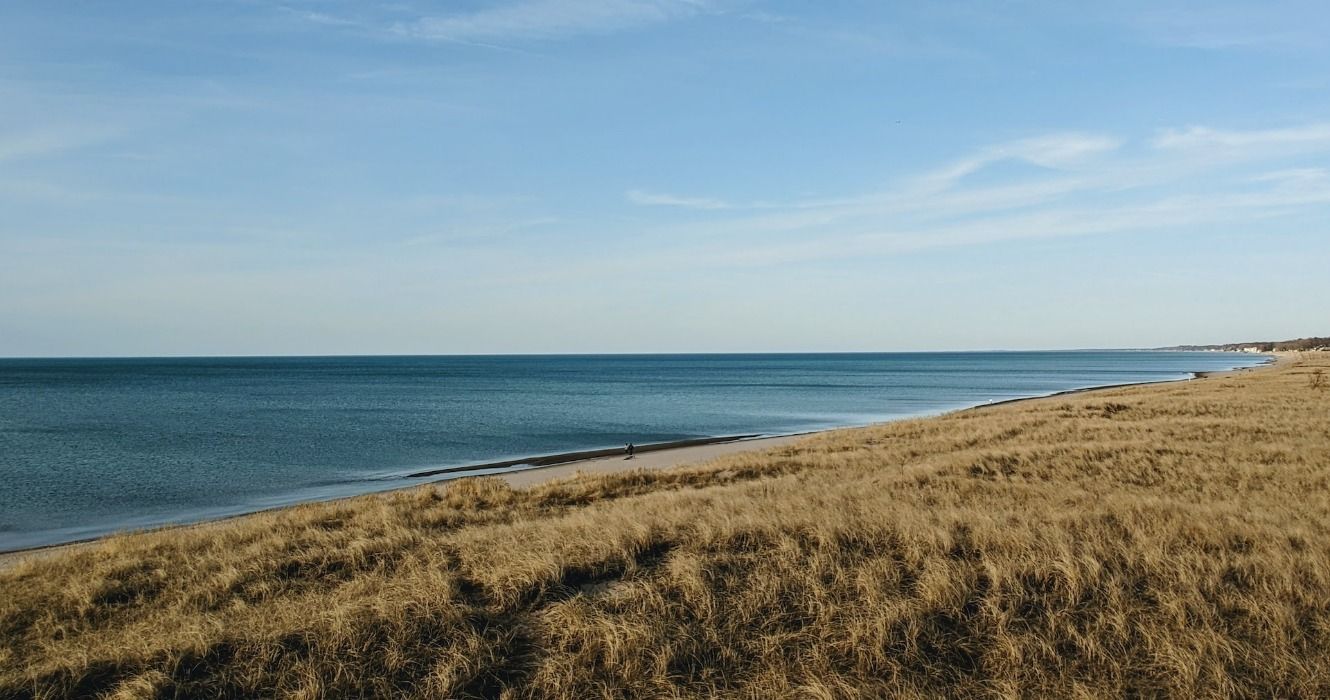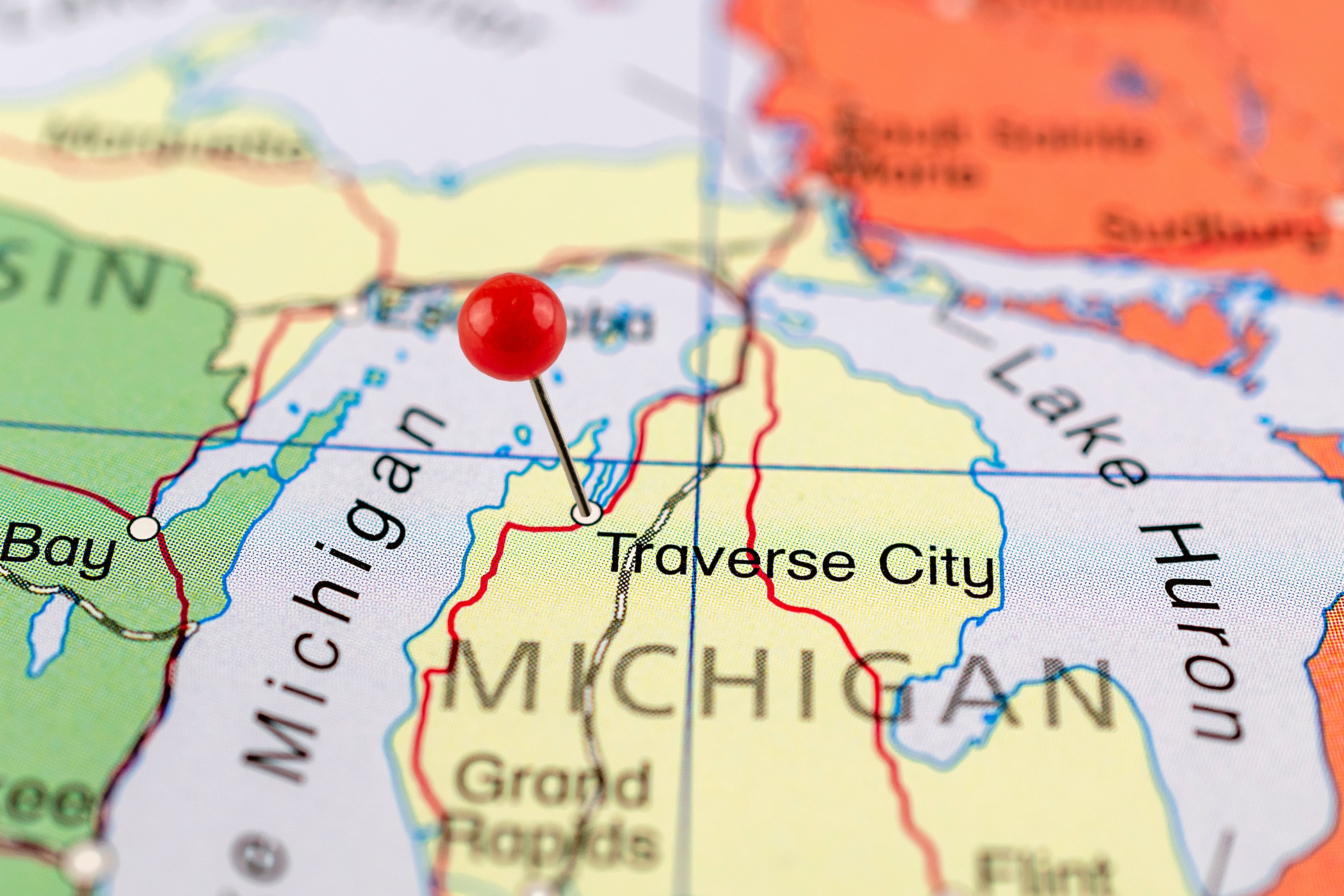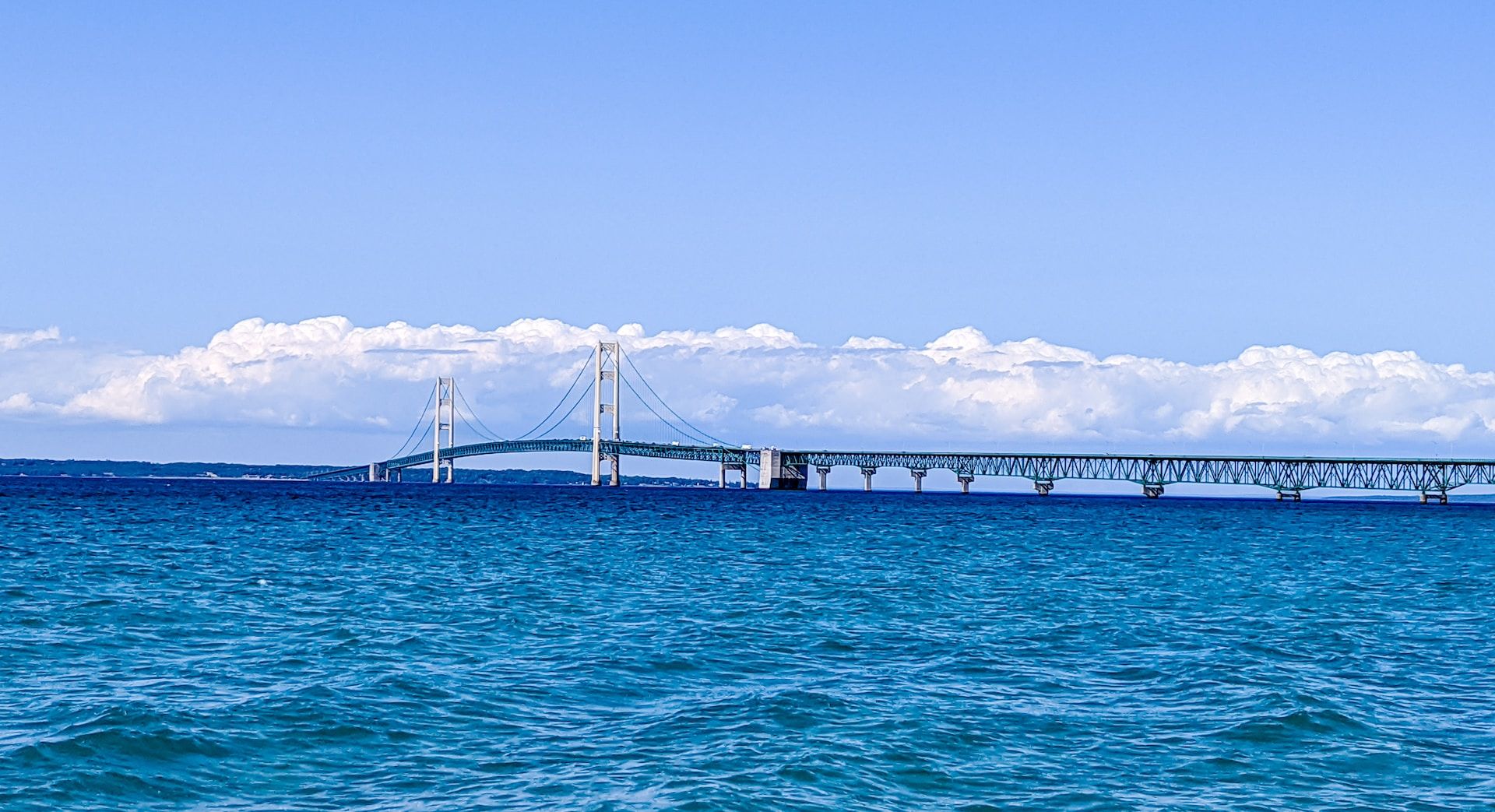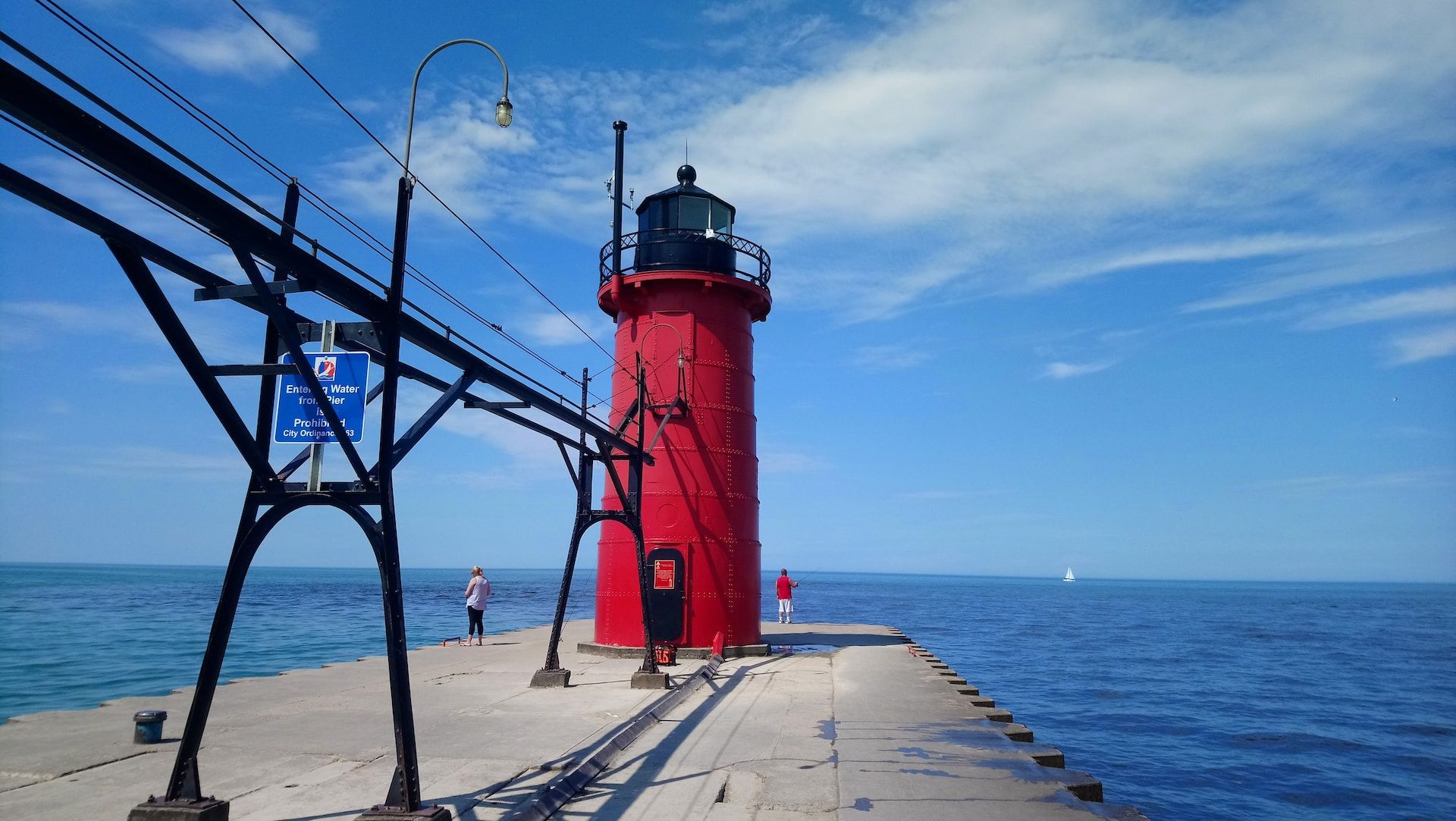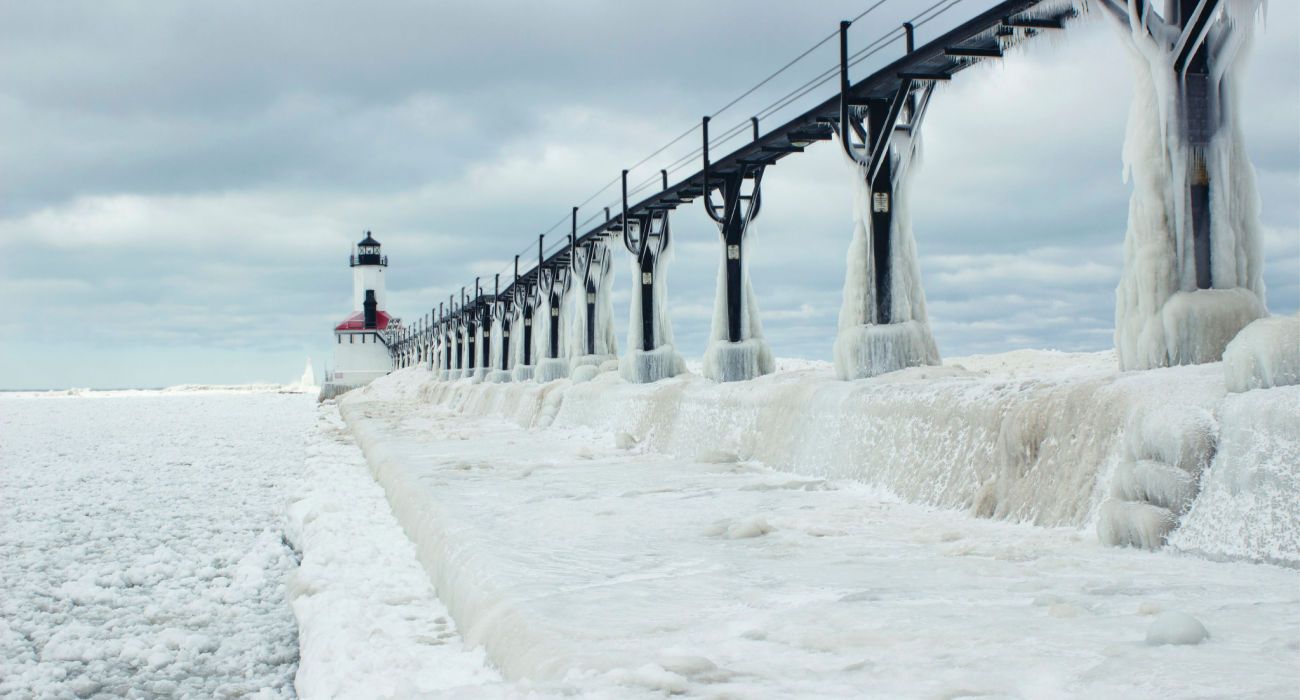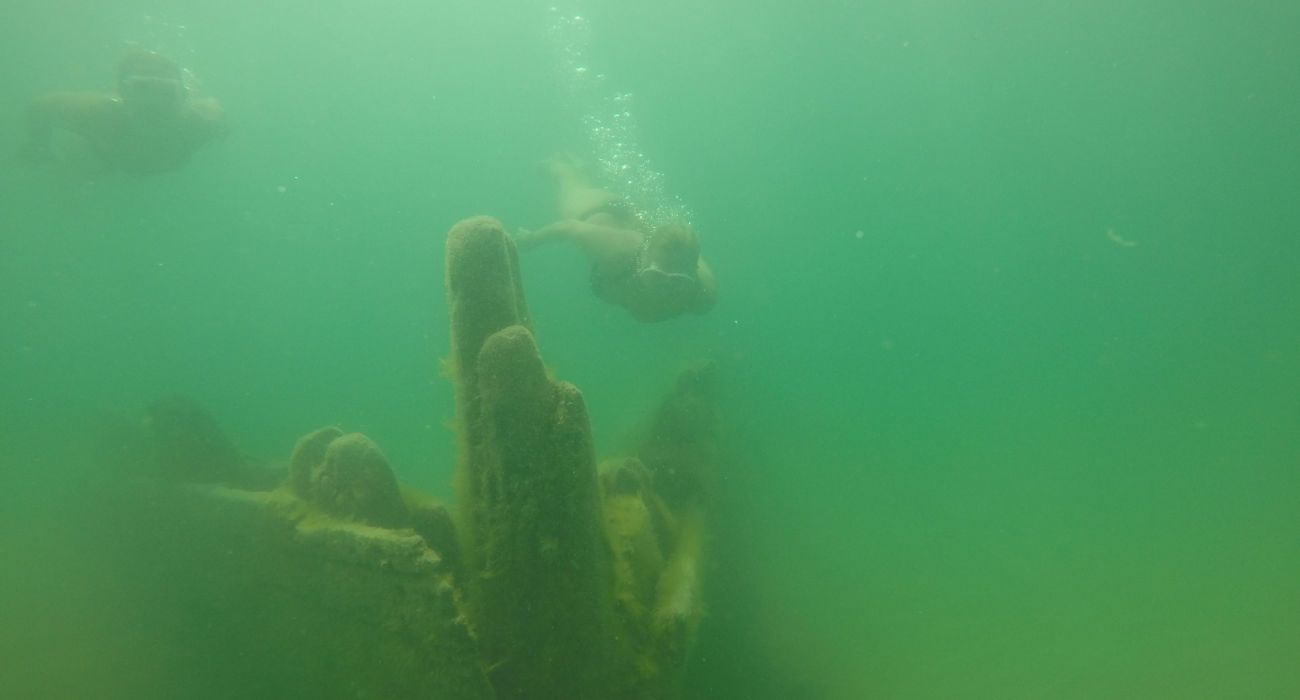Read update
- The Most Dangerous Great Lake: More Reasons Why Lake Michigan Is So Dangerous
Lake Michigan has garnered a reputation for being one of the most beautiful Great Lakes, which are home to some of the best lake beaches in the US. It's also among the most beautiful lakes in the world, as well as one of the most visited. With its expansive shores, there's really no bad spot to soak up some rays, do some water sports, or get out on the boat. However, that doesn't mean it's always safe - this lake also boasts the title of the most dangerous lake in the country.
It's estimated that nearly 300,000 people have lost their lives in this lake alone and that nearly 10,000 ships have sunk to its depths. Those numbers are striking, especially when you consider how many people visit this lake annually. So now for the real question: why is Lake Michigan so dangerous? Let's answer that.
UPDATE: 2023/06/14 17:47 EST BY AARON SPRAY
The Most Dangerous Great Lake: More Reasons Why Lake Michigan Is So Dangerous
The Great Lakes are known to be dangerous to shipping, and they are full of shipwrecks - far more than many people may realize. In fact, the shipwrecks the Great Lakes, including Lake Michigan, have claimed over the years are quite high in terms of numbers. This article was updated and expanded as to why Lake Michigan is dangerous (although that doesn't mean that the other Great Lakes are safe). Those thinking of sailing across Lake Michigan need to be careful and take measures to be safe.
Swift Currents At Lake Michigan Are The Real Danger
Indeed Lake Michigan is one of the most dangerous lakes in the US. The problems in Lake Michigan are due to a number of factors. Not only is this lake massive - spanning 307 miles in either direction - but its shores also run parallel, causing unique wave shapes. The shapes of these waves are what contribute to rip tides, which are one of the most dangerous things swimmers can encounter in the water.
Lake Michigan's riptide and longshore tides are unparalleled when it comes to danger among all the Great Lakes. In fact, due to its unnaturally strong winds, it's not unusual for this lake to have strong rip currents that can be dangerous for swimmers.
The reason these waves are so dangerous is that most people either don't know how to spot them and/or don't know how to navigate them should they get caught. The first thing to avoid is panicking - no good ever came from a panicked swimmer, who's more likely to fight the tide.
When caught in a rip current, the best thing to do is simply relax (as hard as it might be) in order to allow the current to float the swimmer to its end. When the current lessens, the swimmer can then break free and swim to the nearest shoreline.
Another way to avoid landing in rip currents is to not jump off the end of the docks into deep water. Any structures that reach far into the lake or hang over it could potentially lead to getting caught in a current.
The Size Of Lake Michigan's Waves During Storms
Is Lake Michigan dangerous because of the weather? Absolutely. The lake's natural configuration also makes it the monster it is during storms. North and south-blowing winds do swimmers and boaters no favors, as they're capable of producing massive wave heights.
The distance between the two states - Michigan and Wisconsin - allows waves to build for miles before eventually making it to shore, meaning their heights have been building for some time before breaking. The sheer power behind them is enough to throw off the balance of a swimmer or a surfer, especially if they're far from the shoreline.
The location of the lake also means frigid temperatures in the colder months, adding the risk of hypothermia to unprepared swimmers. Fall and winter months can be brutal on this lake, and when the wind starts whipping, the windchill can easily dip below freezing. All of these factors play into the lake's body count, as it might not be just one thing that brings down a swimmer.
Combined with the fact that the lake is so popular and can be accessed in so many different areas, this will inevitably lead to trouble somewhere along the shoreline. The best thing to do when visiting Lake Michigan is to be hyper-aware of your surroundings, especially if it looks like the weather will take a turn or if there are riptide warnings.
Lake Michigan Is Dangerous During The Winter
In the winter, the winds off Lake Michigan can be bitterly cold (just ask anyone living in Chicago). The Great Lakes do not completely freeze over in the winter. About 55% of the surface area of the Great Lakes freezes during the winter, with freezing normally starting in December and peaking in late February and early March.
All of the Great Lakes except for Lake Michigan can freeze over completely in the winter (Lake Superior, Lake Huron, Lake Erie, and Lake Ontario are recorded to have completely frozen over). Lake Michigan has come close to completely freezing, but it never has in recorded history (it froze 93% in 2014). The least it has frozen was 12.4% in 2002, according to Spectrumnews1.com.
Lake Michigan Freezing:
- Max: 93% in 2014
- Min: 12.4 in 2002
Anyone who is planning to visit Lake Michigan during the colder months should consider visiting the Michigan City Lighthouse in winter in the state of Indiana. Come after a winter storm, and the ice and icicles on the lighthouse and the pier out to the lighthouse can be incredibly magical. Visitors can even walk out to the Michigan City Lighthouse in the winter if they dare (it's cold, windy, and covered in ice).
The Great Lakes Are Full Of Shipwrecks
The great lakes have been sailed by Europeans and settlers since some of the earliest days of colonization and settlement. Since the 17th century, thousands have ships have been sunk while crossing them. It has been estimated that between 6,000 and 30,000 people have perished in them, and some have estimated there could be as many as 25,000 wrecks in the Great Lakes.
The Whitefish Point area of Lake Superior is known to have hundreds of shipwrecks, while Lake Eerie is famous for its many wrecks. One can dive some of the shipwrecks in Lake Eerie today.
Most of the wrecks in the Great Lakes have never been found.
- Found Wrecks: Around 300 Have Been Found In Lake Michigan
- Total Wrecks: Perhaps 25,000 Wrecks Total In The Great Lakes
The unpredictable weather of the Great Lakes, including Lake Michigan, makes them some of the most dangerous waters in the world. They are subject to sudden storms and fog - Lake Michigan is thought to have as many as 20% of the Great Lakes' wrecks. That would make it second only to Lake Huron.
Today it is possible to dive a number of the wrecks that the dangerous waters of Lake Michigan have laid claim to.

